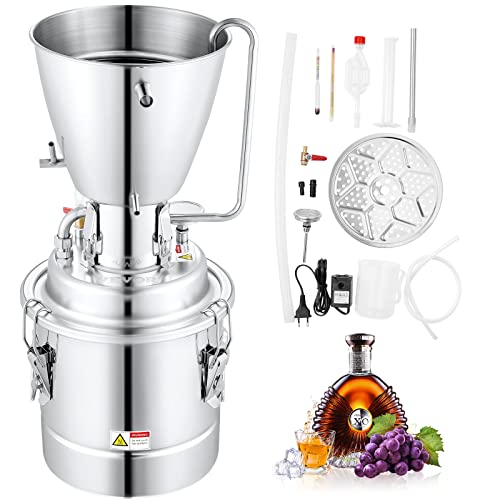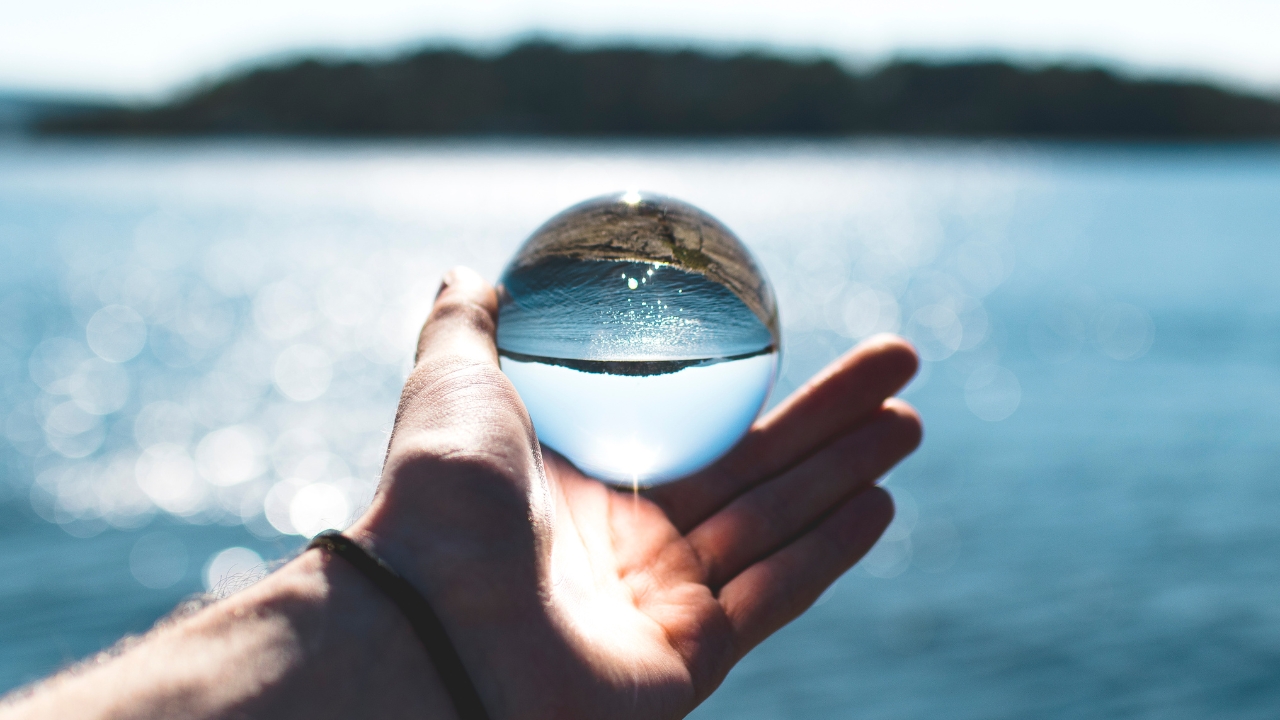
In a world where fresh water is rapidly becoming a scarce resource, every drop counts, even more so with the current drought and rainfall in the form of floods, preventing rainwater from being stored efficiently. Therefore, in this article I will show some ways to save water at home and at the same time reduce the bill for the liquid element that is so often wasted without thinking that one day it could be lost or become significantly more expensive.
It will not only benefit your family economy, it will also benefit everyone, since This way we will have more of this water resource How vital it is for life, for agriculture, for animals, for plants, for everything in short...
Drought: The problem of “manufactured” water
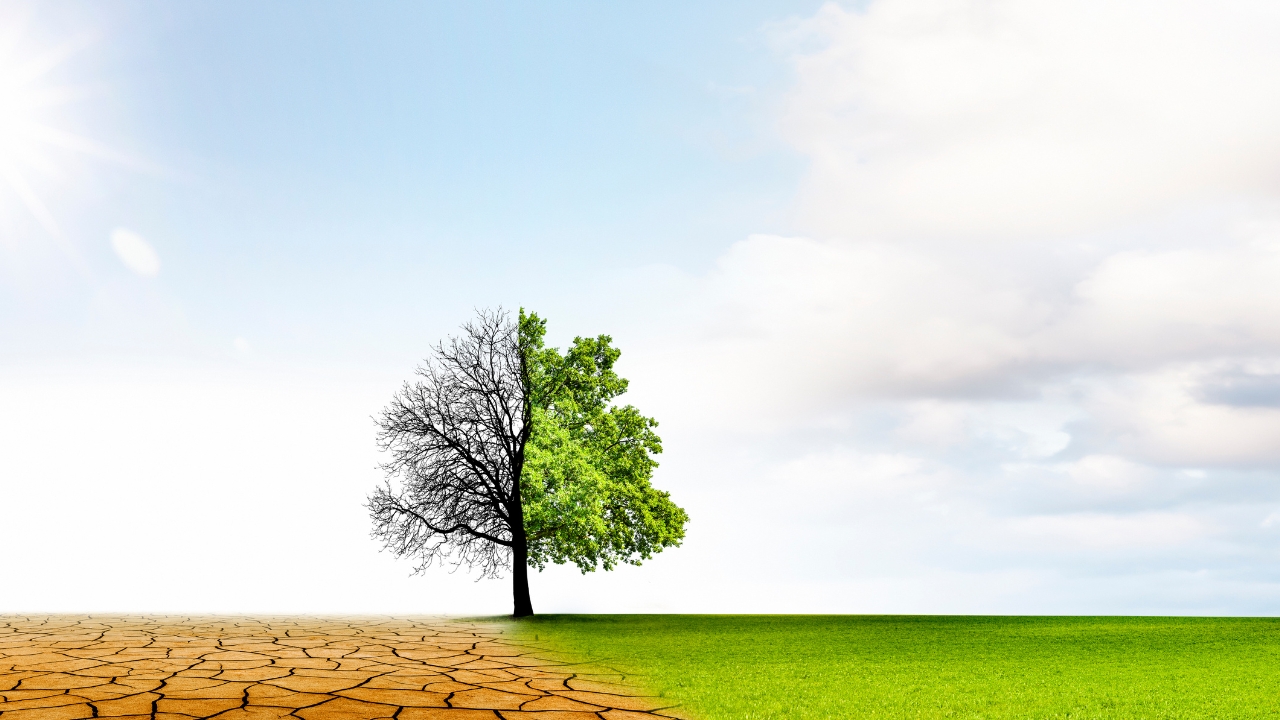
Before we begin, say that there is no need to alarm the population. This resource must be used efficiently, but not threaten or announce in a catastrophic way as many media outlets are doing. Reason? We live on Earth, not on Mars, not on Venus, not on any other planet. It is the blue planet of the Solar System, and 75% is water, and this is often overlooked to focus only on freshwater reserves. Therefore, things can be done to prevent people from dying of thirst, or from limiting this resource.
If there is a problem with the water supply, it is not due to lack of it, but simply due to lack of foresight or inaction of politicians… That is why I say that it is a “manufactured” problem, since it has been partly promoted by the lack of infrastructure and means to be able to store or supply water wherever it is needed. There is already talk of the decertization of southern Europe, however, remember that there are areas that have been real deserts for a long time, such as some areas of Australia, and they have water, we just have to look for those alternatives for it.
Fresh water reserves in the world
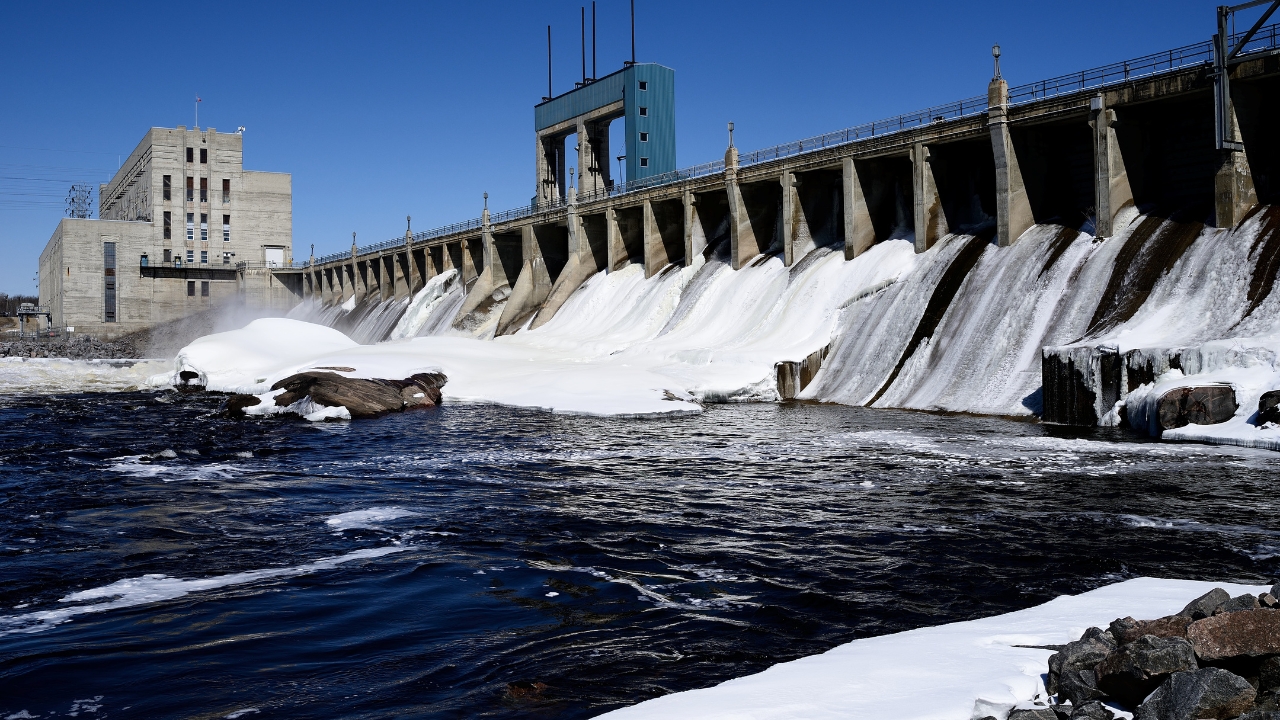
All the water reserves of the planet They can be natural, such as rivers, lakes, wetlands, icebergs, glaciers, groundwater or aquifers, and ice sheets, or they can also be artificial, built by man, such as dams, reservoirs, etc. Be that as it may, one of the main sources of fresh water in the world are rivers, lakes and underground aquifers, from where drinking water is usually obtained for human consumption, and also for agriculture, livestock and industry.
Although 71% of the earth's surface is covered by water, only 2.5% of it is fresh water. Of that amount, 0.5% is found in underground deposits and 0.01% in rivers and lakes. Although water is distributed throughout the Earth, 90% of the planet's available freshwater resources are in Antarctica. And more than 1100 billion people lack direct access to clean water sources, especially in Africa.
Average water consumption per person may vary depending on the country and other factors. According to him National Institute of Statistics (INE), in Spain, the average water consumption in homes was 133 liters per inhabitant per day in 2020. This is equivalent to approximately 48.545 liters or 48,545 cubic meters per person per year.
As to total water consumption of all humanity, is difficult to estimate due to the variability in consumption patterns in different countries and regions. However, it is known that the demand for drinking water increases by 64.000 billion cubic meters per year. It is important to note that this number includes not only direct human consumption, but also water use in agriculture and industry…
Situation in Spain
La hydrographic situation of Spain is complex and has been the subject of attention in recent years due to several factors, among them, the drought that we have experienced in this historical period, as there also was in the past. Now "climate change" has become a kind of wild card for everything, and politicians claim that there will be no shortage of water for human consumption, which is not true, since we see how in various populations, especially in Catalonia and Andalusia, there have been supply cuts.
Drought is not something that happens now, but rather it is something that has happened many times throughout history. For example, in Spain, since there are known records, some of the worst drought periods were:
- Drought of 1749 – 1753: During this period, Spain experienced a severe drought that affected much of the country. Precipitation was scarce, and water reserves decreased significantly.
- Drought of 1944 – 1946: had a devastating impact. The reservoirs remained at 15%, and the aquifer reserves also decreased. There were water cuts and serious consequences for the environment.
- Drought of 1979 – 1983: In the early 80s, Spain faced another major drought. Eastern Spain was the most affected region during this period.
- Drought of 1991 – 1995: The reservoirs were at very low levels (around 15%). Aquifer reserves also decreased, and there were water outages in some areas.
- Drought of 2016 – 2017: In the fall of 2017, there was a lack of precipitation and a reduction in water in reservoirs.
In addition, In Europe, one of the most notable periods of drought occurred in 1540. From November 1539 until the following 11 months, much of Europe, including Spain, experienced an extreme drought with scorching temperatures and low rainfall. That is to say, the wild card “climate change” was not valid here…
Continuing with the theme of Spain, and regarding the state of the swamps, Reservoir levels have decreased considerably in the last 10 years. The Spanish water reserve is at low levels in some areas of the territory, the situation in Catalonia and in the southern east is especially critical. Andalusia is also quite affected, but somewhat better than in those other areas.
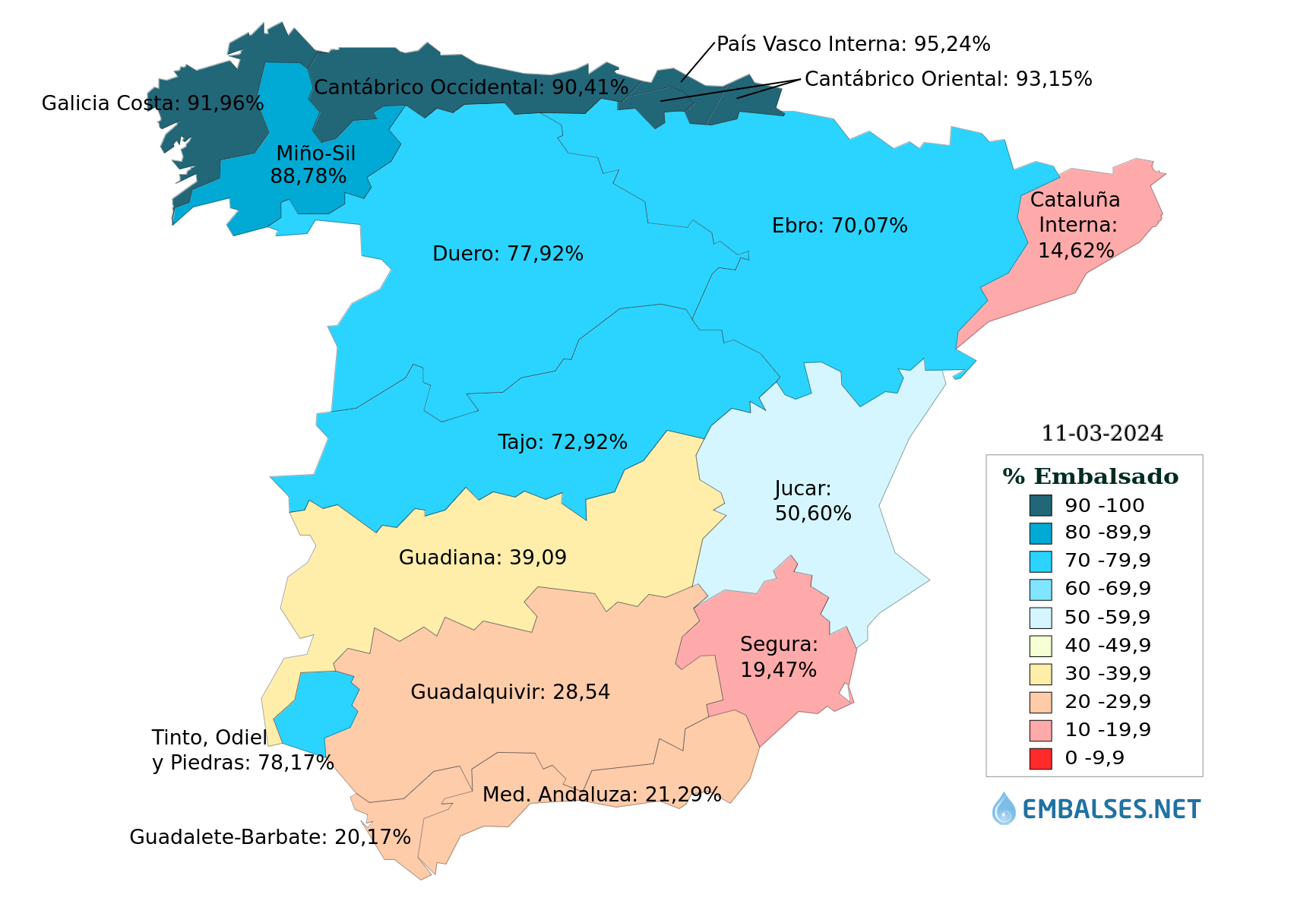
Finally, regarding water cuts in some towns, the lack of rain and the drought that Spain has suffered since the end of 2021 has forced many municipalities in several autonomous communities to limit water supply to guarantee human consumption, that which politicians are full of assuring is guaranteed. Many municipalities have had to be supplied by tanker trucks, so the situation is not pleasant. Of course, taking into account that Andalusia is the orchard of Europe, the high dependence of agriculture on water is also putting this sector at risk.
What can governments do?

Currently, something similar is happening with water as in the case of CO2 emissions. I don't know if you know that it was BP (British Petroleum) that coined the term "carbon footprint" after that environmental disaster that occurred a few decades ago. In 2000, BP renamed itself Beyond Petroleum, in a marketing campaign to clean up its image, at which point they created the first online carbon footprint calculator and almost put the problem on the shoulders of individuals, each one of us. How to say: "No, it is not the fault of the large corporations that pollute. The fault lies with each of the people who emit CO2 when driving in their car, when sending an email, or when carrying out daily activities.«. Total brainwashing.
Why do I say this? Well, because something similar has happened with water. It is true that we can all save water, and we should do so. But let's not be useful fools, and let's only look at what we do and not also ask responsibilities of those large industries that consume enormous amounts of water, and I am not referring to livestock and agriculture, which are other sectors to which they try to divert the problem. . Again, alarming hypocrisy. For example:
- It is estimated that 27% of the water consumed in the industry is used for the production of paper and cardboard.
- The fashion industry is another of the most polluting and consumes the greatest amount of water.
- The same happens with the semiconductor industry, since for each chip produced, about 130 liters of pure water are needed.
- Other industries that also consume large amounts of water are chemicals, with 25% of the total.
- The production and transformation of metals also consume large amounts of water, around 13%.
- The double standard of ECO runs into the wall of reality once again with the case of lithium batteries for "electric vehicles." To give you an idea, a car battery requires about 8 kg of lithium. To produce one kilogram of lithium, it is estimated that between 400 and 2 million liters of water may be needed, so between 3200 liters of water and 16.000 million liters would be needed...
Therefore, the speech of politicians blaming the citizen does not make sense. The efficiency of the industry must be improved so that they consume less and water can be reused. Also, as I said before, we live on the planet of water. How can the most abundant good be scarce? We have the seas and oceans to take advantage of, we only need an infrastructure for supply to all the necessary points and a network of desalination or desalination plants... However, this requires a fairly large investment of money, blaming citizens is free. That is the difference.
Desalination: is it possible?
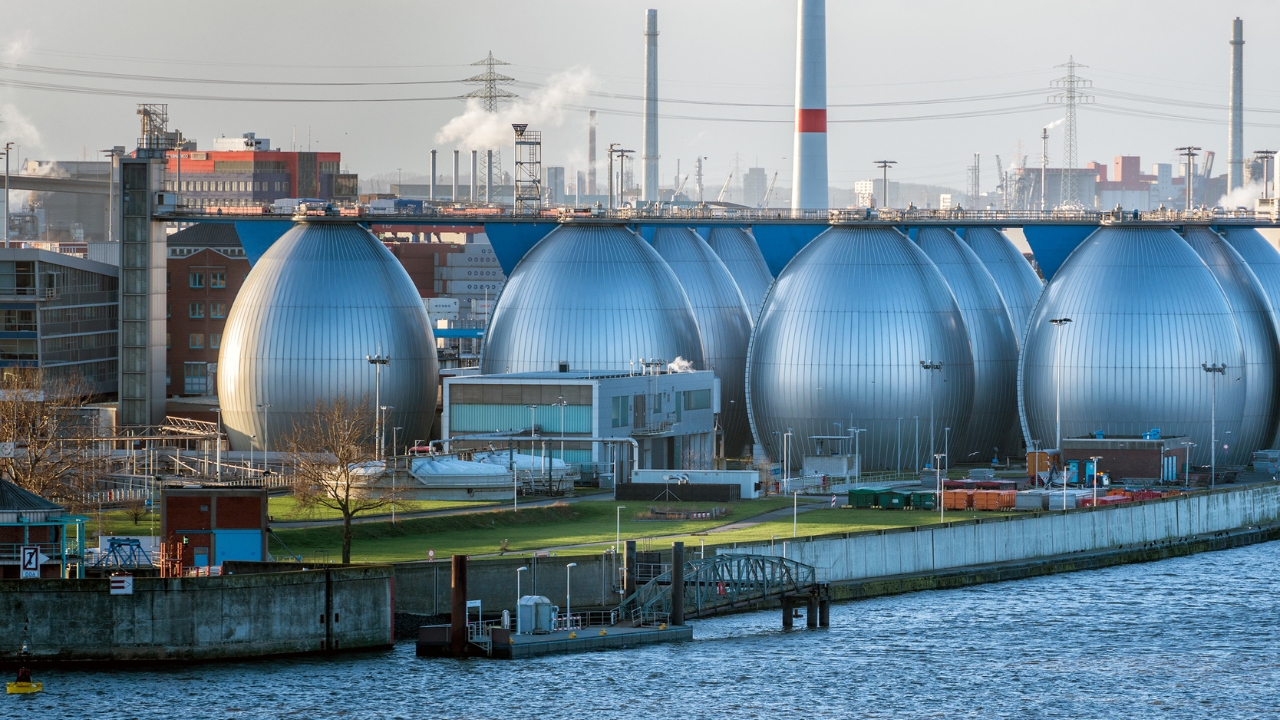
La amount of electrical energy needed to desalinate water It may vary depending on the technology used and the salinity of the water. On average, approximately 3-10 kWh may be required per cubic meter of water, that is, per 1000 liters. This equals 0.003-0.01 kWh per liter of water. Electrical energy that can perfectly come from renewable sources, such as solar, wind, and even tidal, geothermal, etc. It's possible? Of course, in fact, there are already several plants operating, some of them at low capacity. Therefore, it is a matter of building new plants and operating the existing ones at 100% to avoid problems. But as I say, blaming people who take longer to shower or who turn on the tap too much is cheaper than building them... Be careful! I'm not saying that you have to waste water, please don't be misunderstood...
What can we do?
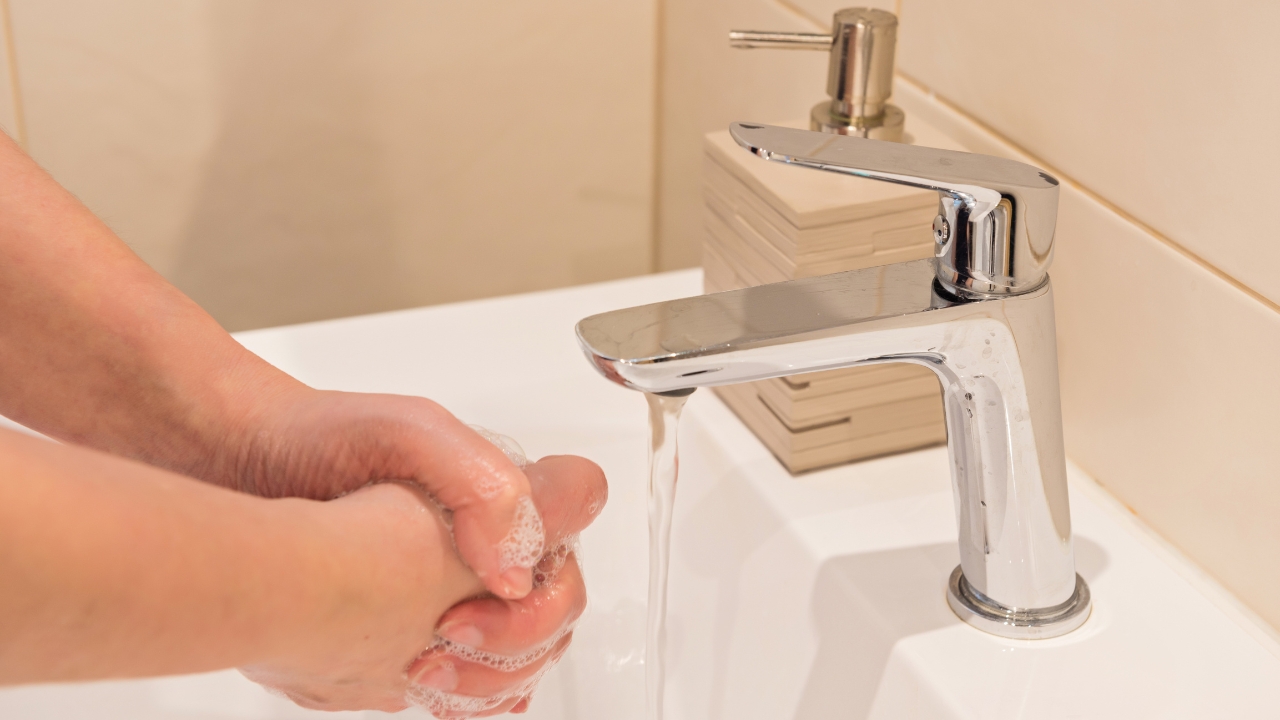
Each one of we have the right to enjoy the liquid element, essential for life. And we have the right to enjoy it for drinking or any other activity. Just as we have that right, we also have a duty, and that is not to waste or waste it. And to do this, I am going to give some tips that you can follow to save water at home, but without ceasing to take advantage of this good:
Low consumption faucets
One of the things you can do is change all your faucets for low consumption units, or if you already have new taps, there are also economizers to install on existing ones.
Sink-tank
What if We use the water from washing our hands or face to flush the toilet? It would save a lot of liters every time we go to the bathroom, and you can have that with this sink-tank.
Efficient dishwasher
Although washing dishes in the dishwasher saves water compared to doing them by hand, there is something extra we can do, and that is to buy a more efficient dishwasher, like these three.
Efficient washing machine
Like the dishwasher, another appliance that consumes water is the washing-machine, so you should not neglect this aspect, buying one of these washing machines that consume the least water.
Efficient irrigation
In addition, If you have a garden or pots at home, you also have options to reduce water consumption and keep your plants in the best condition. To do this, here are some product suggestions, such as automatic irrigation, or drip irrigation kits, or a water-saving nozzle for the garden hose.
Dehumidifier
What does it have to do with air dehumidifier with water? Well, these devices can not only reduce the humidity in your home, avoiding bad odors, fungi, and wall dampness, as well as reduce metal corrosion, failures in electronic devices due to high environmental RH, etc., But at the same time they do this, they collect large amounts of water from the air. They can obtain several liters in a few hours of operation, and with this water you can, for example, water the plants, thus avoiding having to consume tap water.
leak detector
In Spain, more than 700.000 million liters of water are lost every year due to leaks and breakdowns in hydraulic networks. This amount is equivalent to the annual domestic consumption of almost 14 million people. We have the responsibility of notifying the town hall's maintenance staff if we see a leak, but we can also prevent leaks at home due to breakdowns or carelessness, such as when we go on vacation and leave a tap open, or something fails in our absence...
Collect rainwater
Rain is a great ally, however, when it comes, we don't usually take advantage of it. To do this, there are tanks to collect rainwater and thus store it to, for example, water the garden or plants.
Septic tank
If you have a rural house without a sewage network, do not pour water into rivers or fields, as this can end up contaminating aquifers and rivers. Use one underground septic tank how are you doing. In some cases you can even use the water to irrigate plants once it has been treated. For example, if you separate the black water drains (fecal or toilet) from the gray water (shower, sink, kitchen, washing machine,...), you can use the gray water for this purpose. There are gray water purifiers on the market that you can install at home and take advantage of the water.
salt pool
Use a pool with salt chlorinator, this salt treatment can lengthen its life compared to other types of treatments, preventing you from having to renew it more frequently. With good maintenance you could have it with the same water for 7 years, and sometimes even more. You can even reuse the pool water once you decide to empty it. For this, you can use a distiller.
Use of distillers
All the distillers can use tap water, rainwater, etc., which will be boiled and the vapor will be collected by an alembic, where it will cool in the coil to condense it again and come out in the form of pure liquid water. This can be used for drinking, for water for the iron, for the coffee maker, etc., without leaving lime residue.
For survival or emergency situations
Finally, although it is not a way to save water, but rather to obtain potable water to drink in extreme situations, you can use these other articles that I recommend.


































